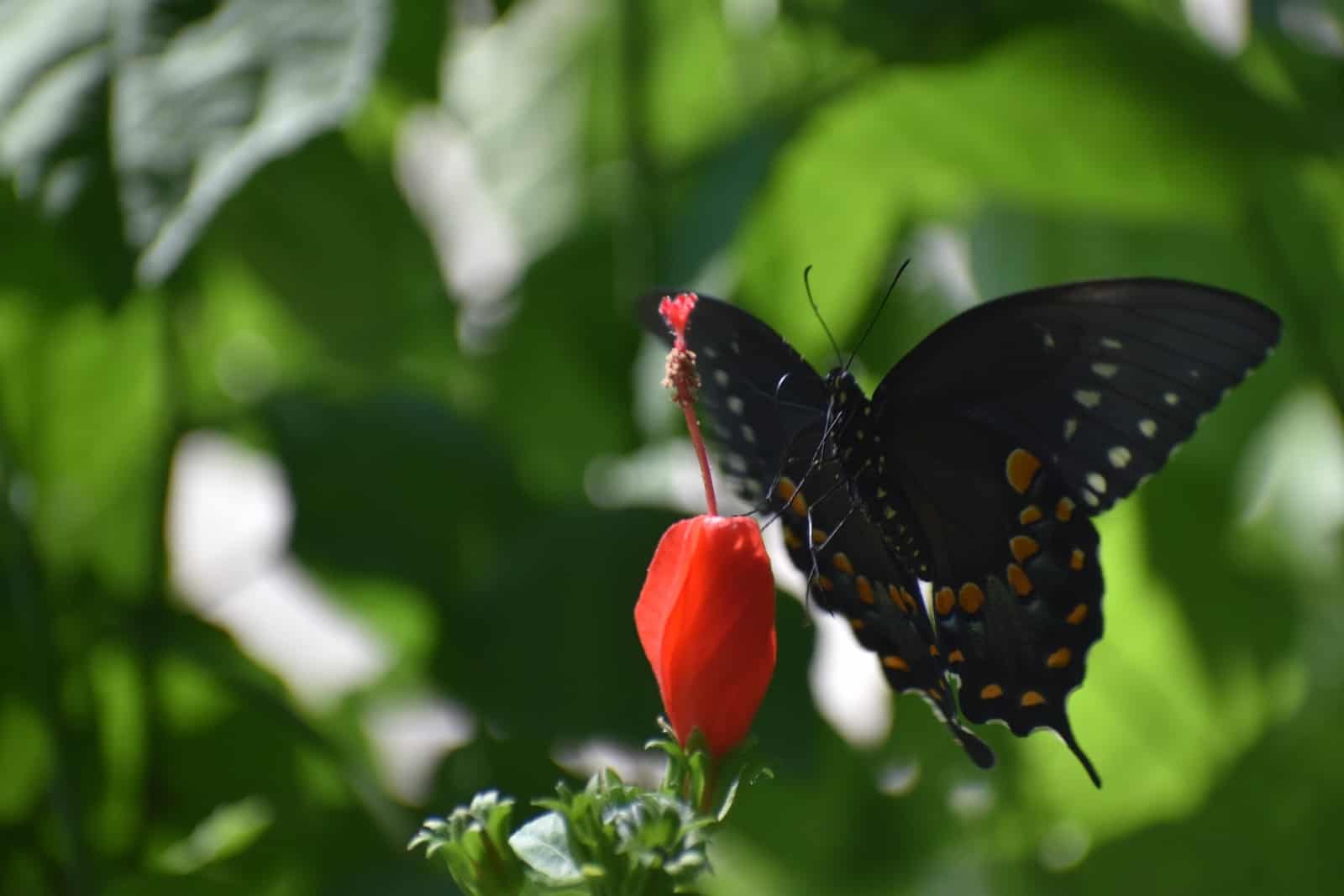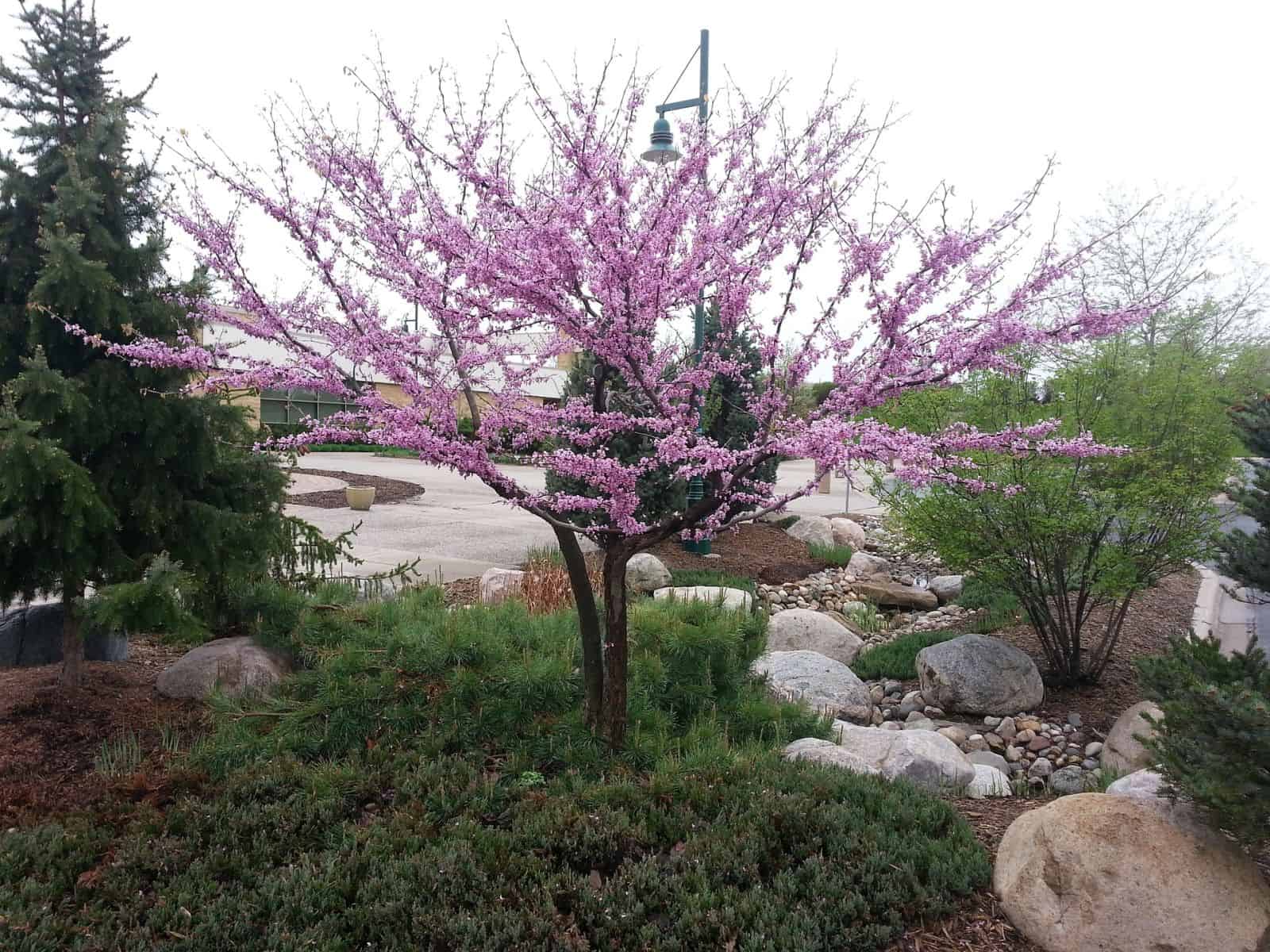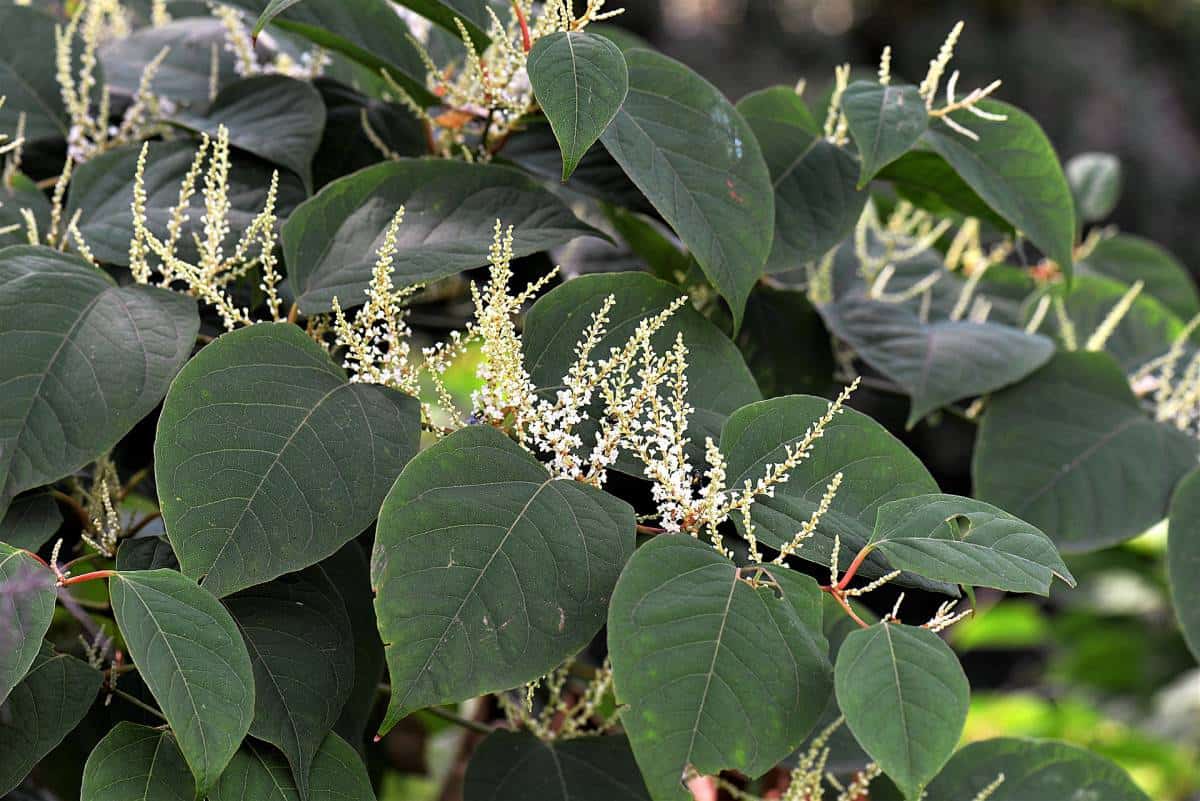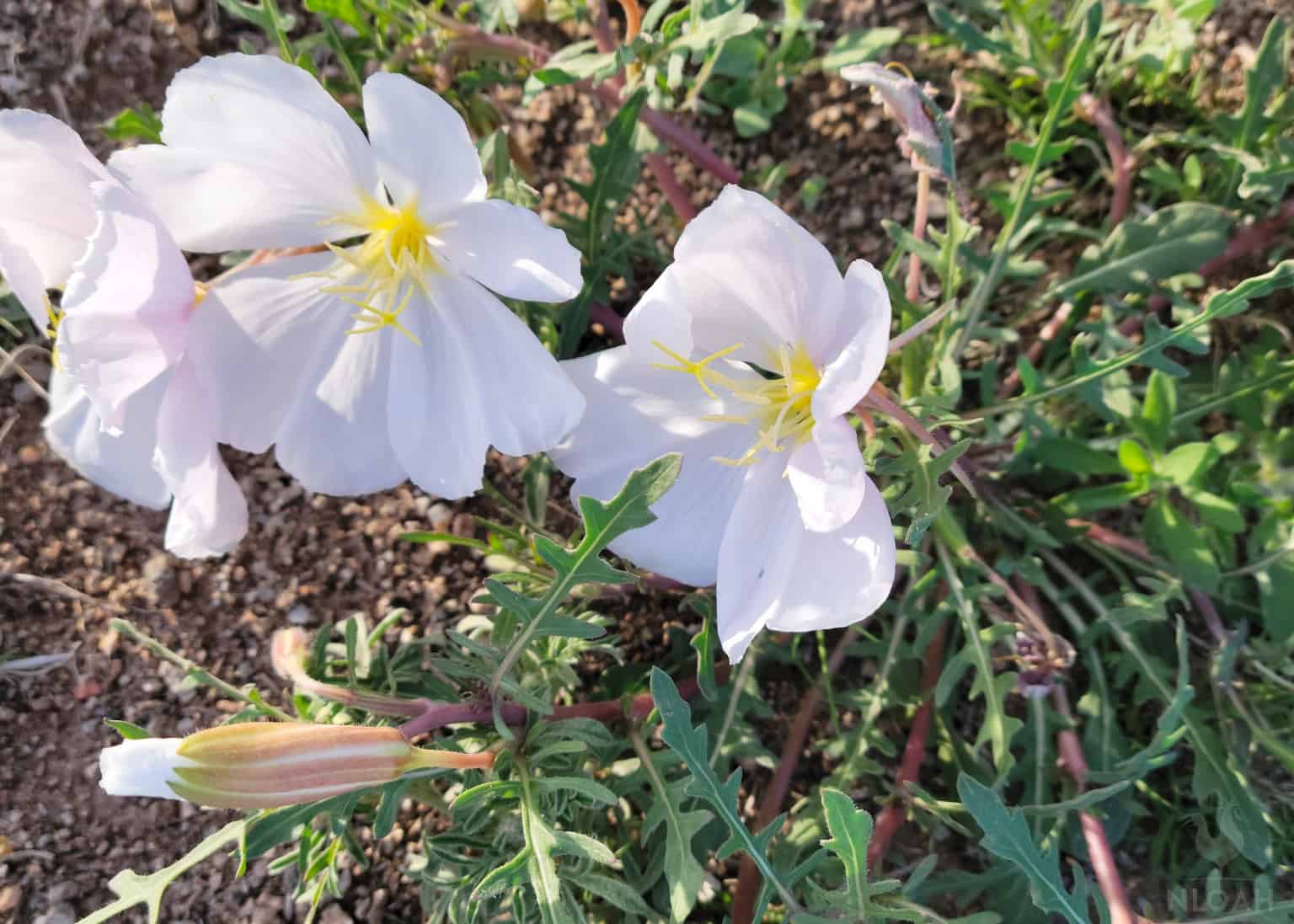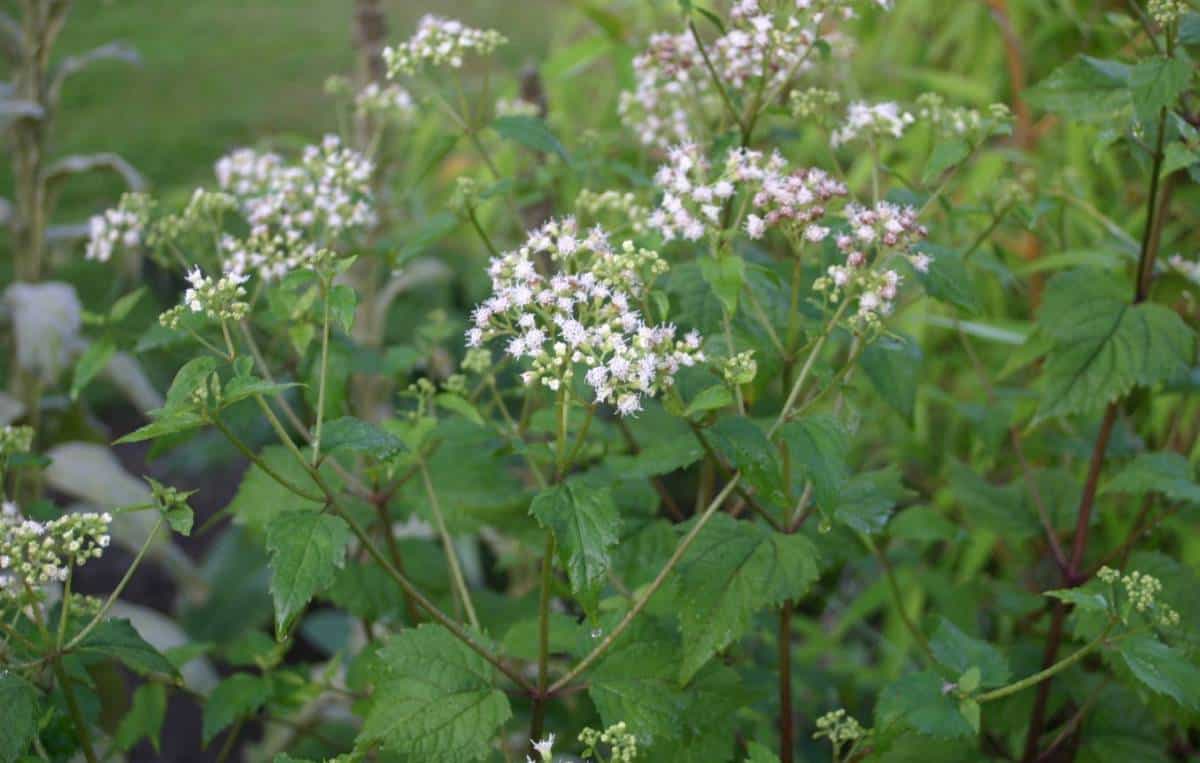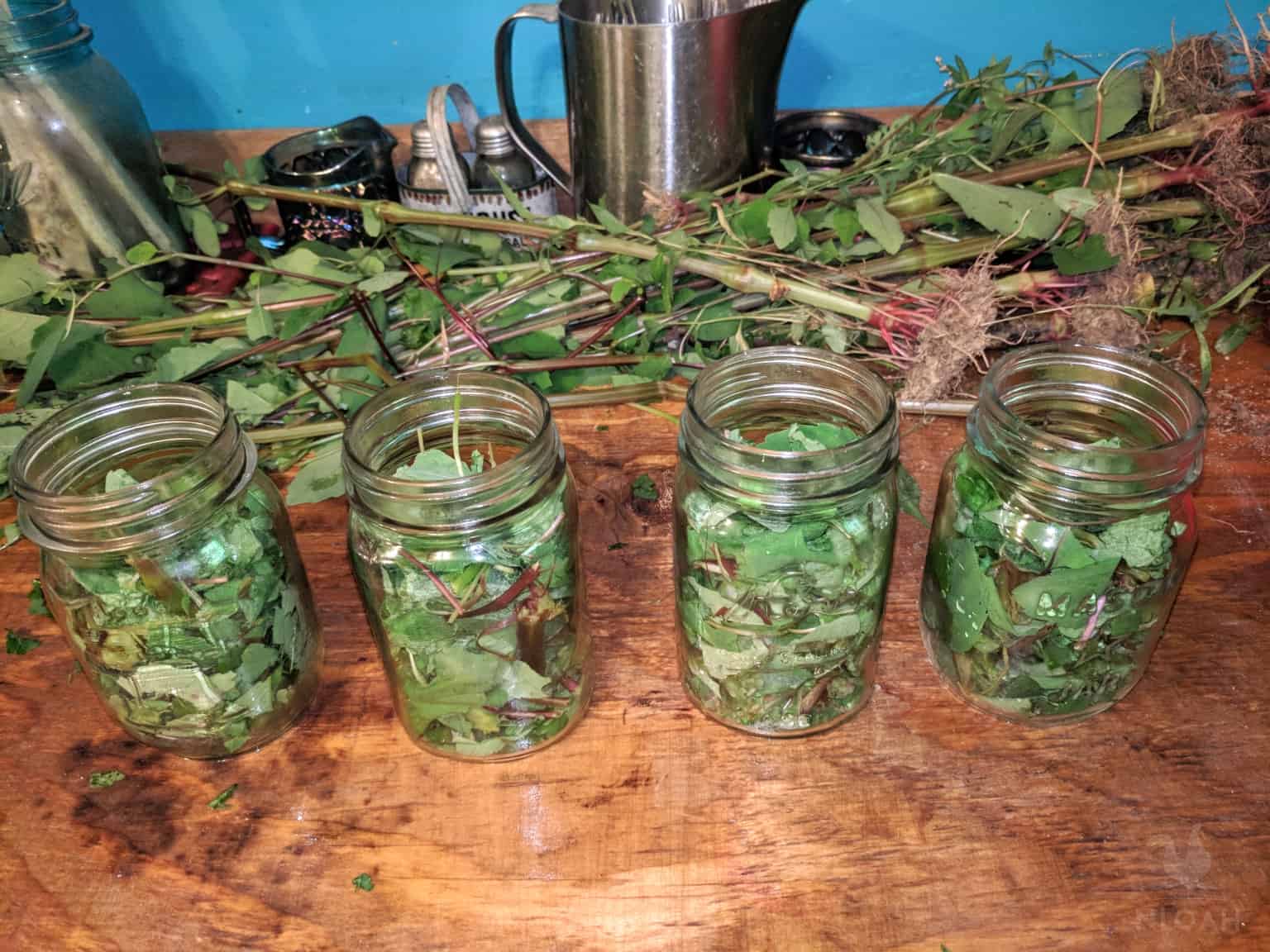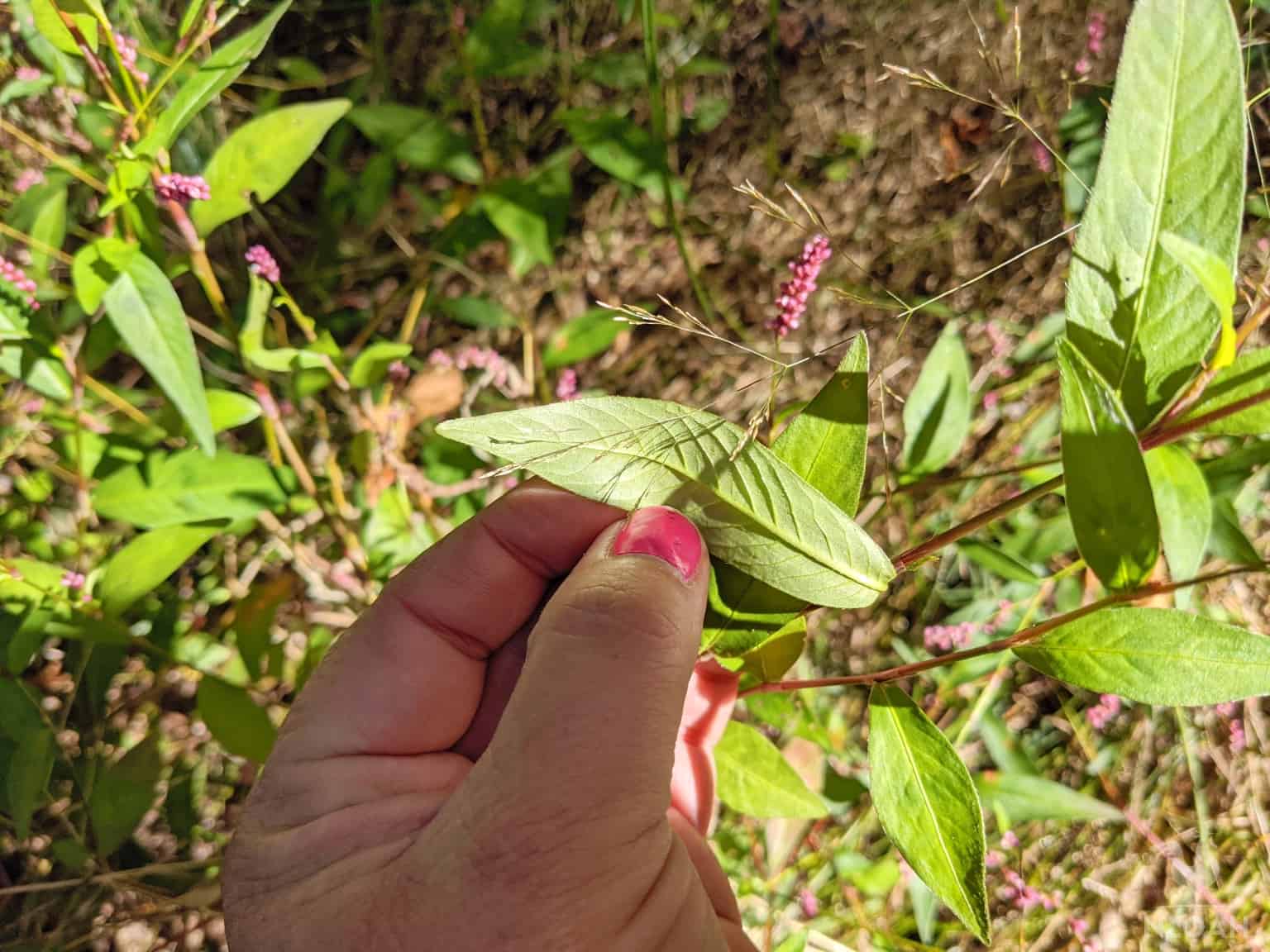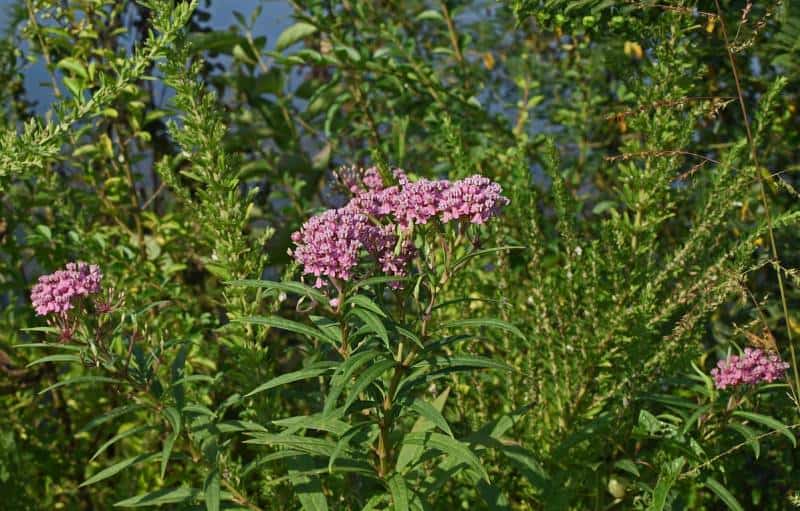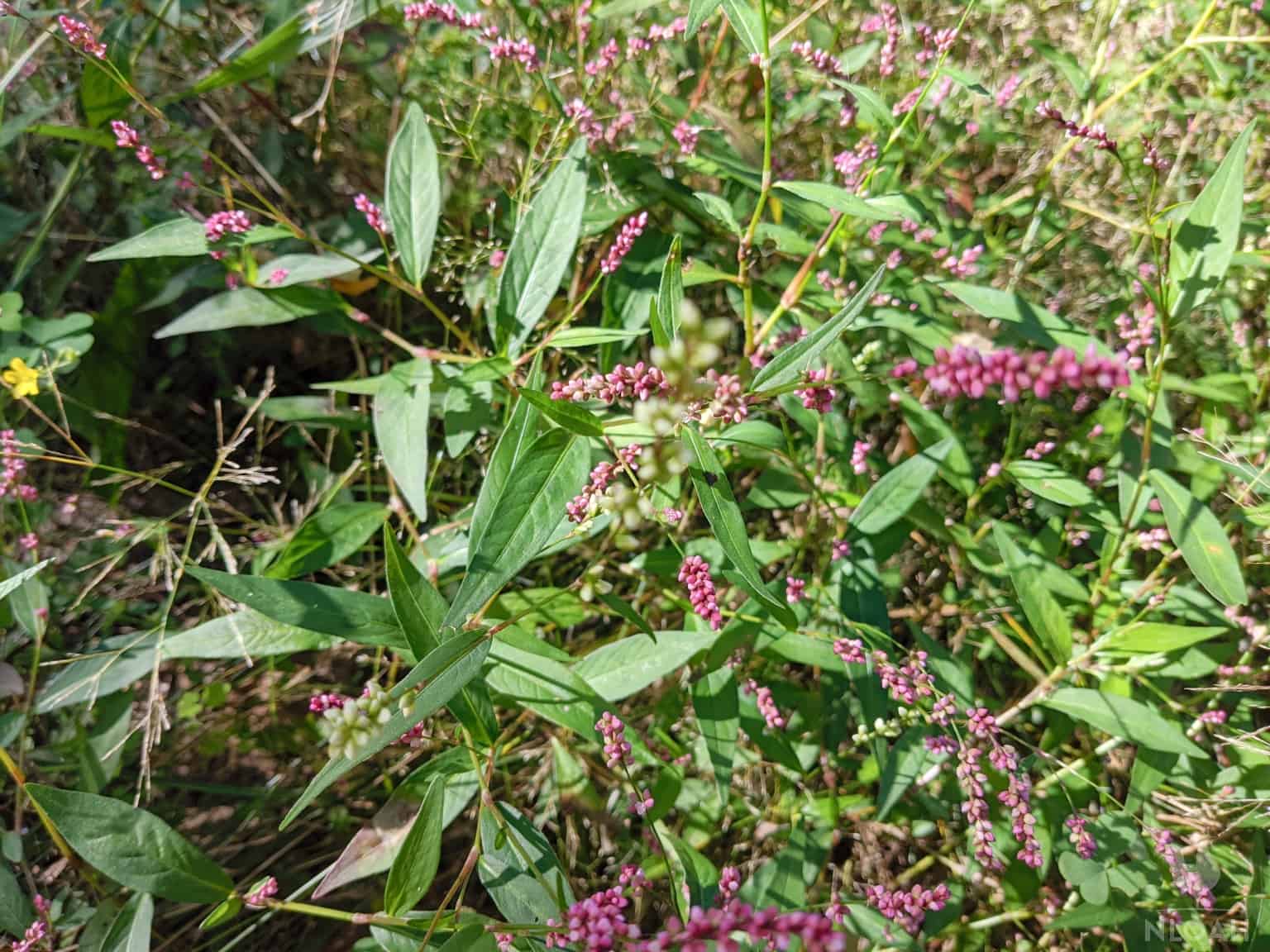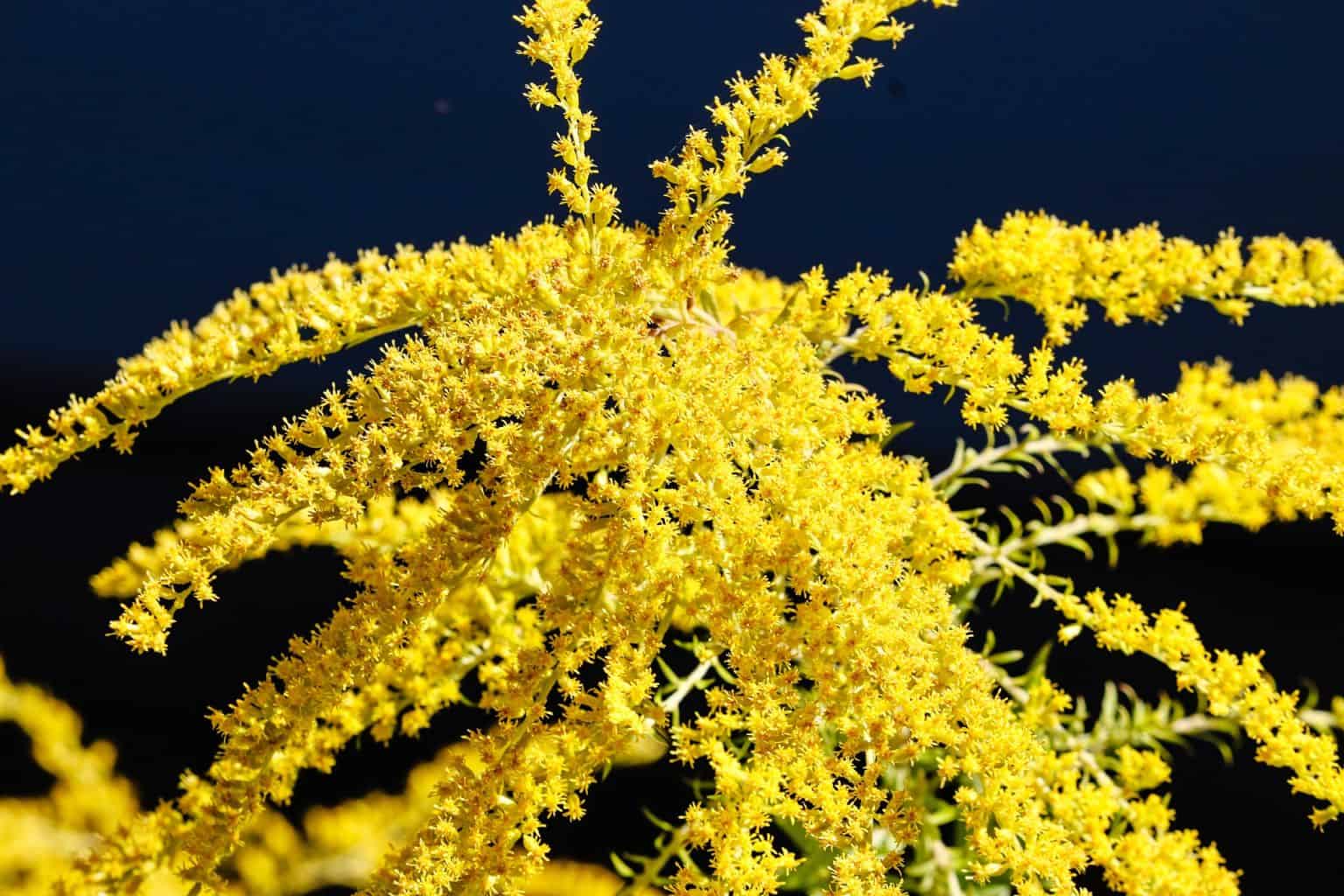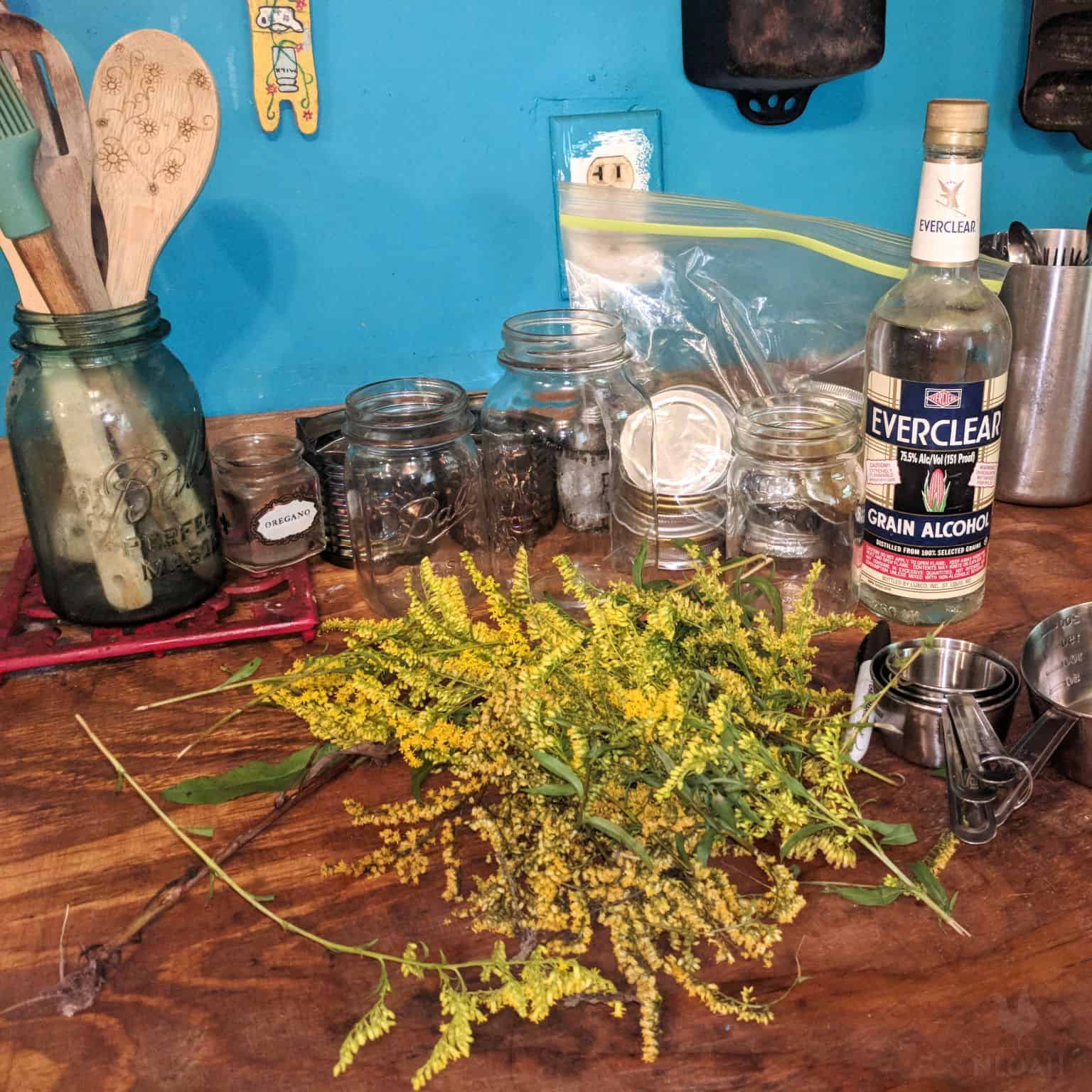Foraging and Growing Spicebush
Lindera benzoin, better known as spicebush or wild allspice, is a deciduous shrub belonging to the Lauraceae, or laurel family. It earned its common names from its highly aromatic leaves and berries. Spicebush is easy to identify, edible, and even a host for butterflies, bees, and birds. Although not a common choice, spicebush is an … Read more

